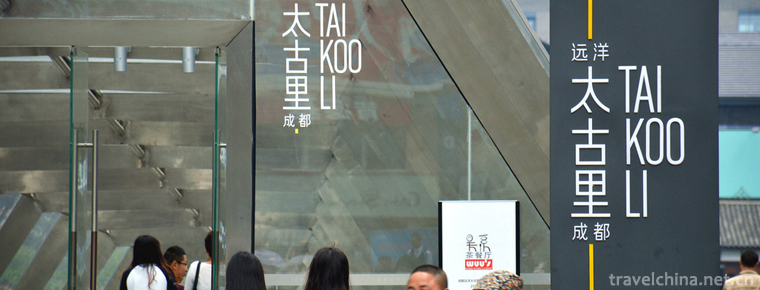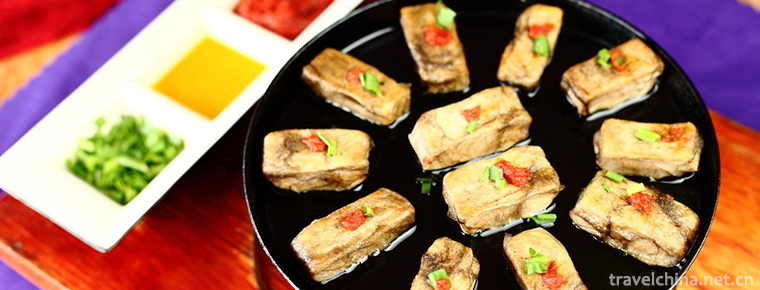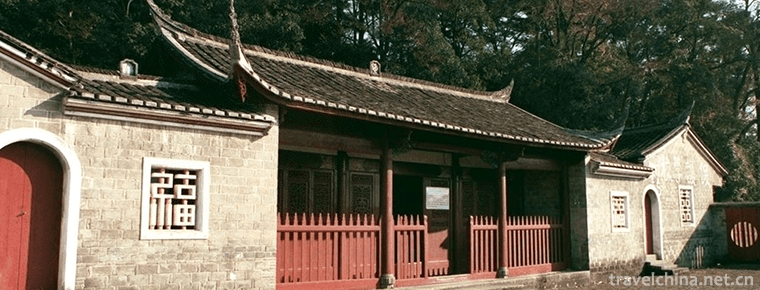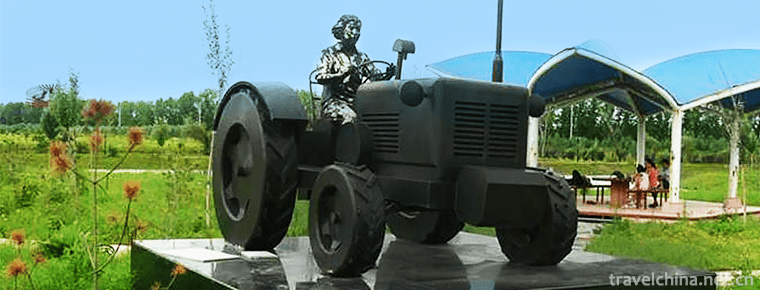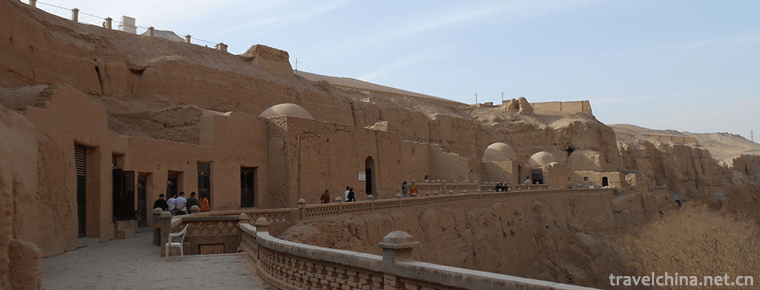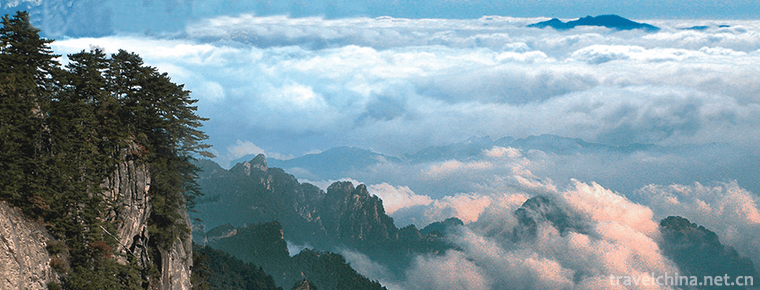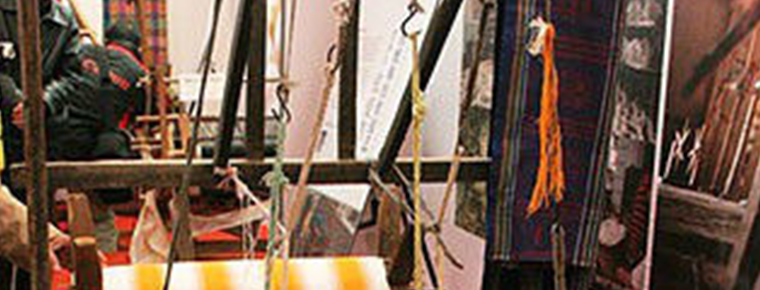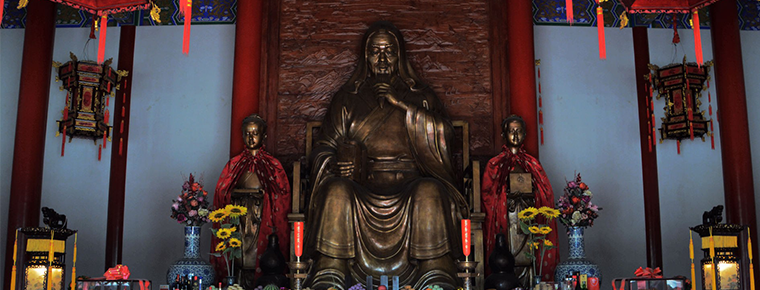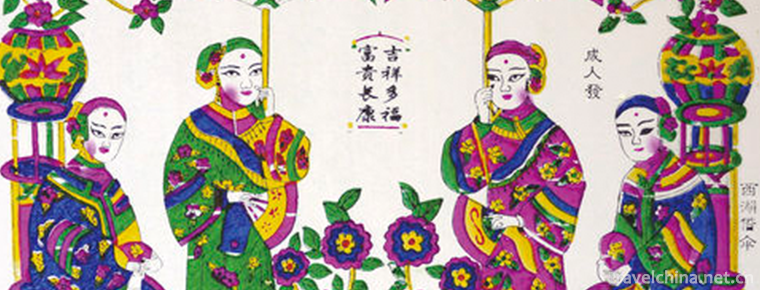Production Techniques of Tibetan Mineral Plant Pigments
Production Techniques of Tibetan Mineral Plant Pigments
Since the emergence of human beings, mineral pigments have been accompanied by human beings. Mineral pigments were first used to draw murals. The earliest examples of using natural colors found in China can be traced back to the late Paleolithic Age. Mineral pigments are the most basic raw materials of Thangka. Their never-fading color is inseparable from mineral pigments. Pigment minerals have the characteristics of bright colour, cleanliness and non-fading for thousands of years. Because these pigment minerals are formed in a certain geological environment, and have stable physical and chemical properties. Therefore, the colors of various paintings painted with these mineral pigments can remain unchanged for a long time.
On May 23, 2011, the production techniques of Tibetan mineral plant pigments were approved by the State Council and listed in the third batch of national intangible cultural heritage list.
Origin of skills
Thangka's early paintings mainly focused on the statues of Sakyamuni Buddha as a memorial, and were easy to move and worship. Later, three Buddhist statues, Manjusri Bodhisattva statue, Guanyin Bodhisattva statue, Tibetan King Bodhisattva statue, and their various statues of Dharma, the ancestors of various sects, the trustworthy worship of the original image, the statue of Dharma King appeared. From the story painting of Buddha itself, it has developed into the three circles of samsara and the world map of Western bliss.
It is a kind of exquisite works of art that Regong artists use natural mineral pigments to paint on canvas. The color of Regong Tangka is the primary feature of Regong art. Bright and dazzling, dignified and generous, is the fine brushwork of Buddhist painting art, the most national characteristics. Thangka can use pigments, all by their own processing and production, most of the natural. Ores are: clay, laterite, alkali, cinnabar, indigote, mercury, borax, coldstone, gypsum, alum, arsenite, realgar, iron sand, calcite, salt, purple copper ore, sulfur, chalcopyrite and copper oxide, as well as gold, silver, hawkstone, cat's eye stone, carmine, ink and so on; plants are: Chrysanthemum indigotica, Artemisia annua, Polygonum alba, Buffalo, yellow flower, chalcopyrite, etc. Delphinium, primrose, lentil, sunshade, green lotus, Chinese pine, cherry and so on. Medicinal materials include Coptis chinensis, rosin, rosin, saffron, Eucommia ulmoides, gentian, turmeric and some algae parasites, and animals: conch, pearl, keel, cap, coral and so on.
The processing and extraction of these minerals, animal and vegetable pigments are complicated, with many procedures, and chanting sutras to increase the strength of the whole work. But it is this raw material of color that has created the life and brilliance of Tangka art and made it glorious and bright, enduring and famous throughout the world.
The highly saturated gold technique is the artistic feature of Thangka painted by Regong. The four-arm Guanyin Bodhisattva is majestic and sacred. The green Tara and the white Tara are graceful and graceful. For example, the gentle and beautiful girl, the majesty King Kong, the Dharma Protector and the Joy King Kong are angry and fierce, and the good and evil are different. There are also yellow statues of wealth, not only worshipped in monasteries, but also worshipped by the people and businessmen.
Material sources
Tibetan Thangka artists have explored a unique method of ingredients, painting and gold painting in their long-term artistic practice. The pigments used to draw Tangka are all from natural substances. The main raw materials are natural minerals and plants produced in snow areas. There are two kinds of pigments: transparent and opaque.
Tibetan traditional painting pigments are mainly made of natural minerals and plants produced in snow areas. They are used to make and apply Tibetan mineral and plant painting pigments. These natural mineral and plant extracts can be used not only as paints, but also as medicines to cure diseases. They are called "Tibetan medicine" and "Tibetan color". The value of mineral pigments is that they are natural crystalline minerals extracted from crystal ores, which can make the picture glossy and increase the artistic value of the works. Plant pigments are mainly extracted from the leaves and barks of rare flowers, grass and trees in the snow area, which are light-resistant, heat-resistant and have excellent color life.
Blue copper ores and Malachite are produced. These ores can be ground to produce blue and green mineral pigments. The red, yellow and orange ores need to be found in Changdu and other places.
Thangka, sand painting altar city, murals, wood carvings and decorative paintings on furniture and other traditional works of art in the process of shaping, the demand for raw materials is also growing. In these artistic creations, the most inseparable raw materials are natural minerals and plant pigments. Thangka painted with natural minerals and plant pigments, the longer the time, the brighter the color.


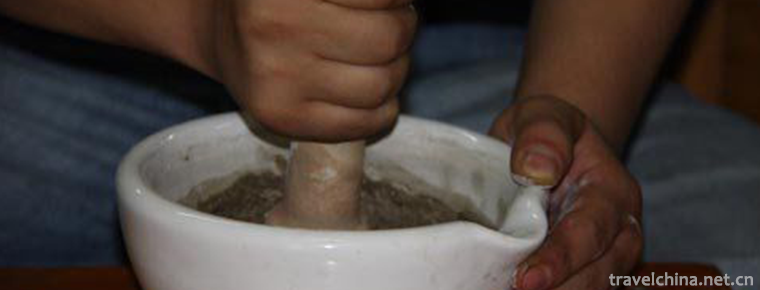
-
Mao tofu Fried bean curd
Mao tofu Fried bean curd is a famous traditional dish in Huizhou, Anhui Province, and is well known for its vegetarian delicacies at home and abroad..
Views: 232 Time 2018-11-27 -
Gutian tourist area
It is understood that in 2008, Gutian Tourist Area was rated as a national 4A-level tourist attraction. In 2013, in order to further promote the development of tourism industry and upgrade the brand.
Views: 156 Time 2018-12-08 -
The Great Northern Wilderness Agricultural Expo
Beidahuang Agricultural Machinery Expo Park is a national AAAA-level tourist attraction located in Youyi County, 50 kilometers away from the city center, covering an area of 350,000 square meters..
Views: 175 Time 2018-12-26 -
Bezeklik Thousand Buddha Caves
The Qianfo Cave in Bozikrik is located on the cliff on the West Bank of the Wood Trench, 45 kilometers east of Turpan City, Xinjiang. There are 83 caves and 57 caves.
Views: 133 Time 2019-01-02 -
Baiyunshan National Forest Park Luoyang
Baiyunshan National Forest Park is located in the primitive forest area of Funiu Mountain in the southwest of Songxian County, Luoyang City, Henan Province, with a total area of 168 square kilometers.
Views: 190 Time 2019-02-06 -
Wu Songgun Taiwan Wetland Forest Park
Wu Song Gu Taiwan Wetland Forest Park: Wu Song Gu Taiwan Wetland Forest Park with a total area of 53.46 hectares is located in the eastern part of Baoshan District.
Views: 189 Time 2019-02-22 -
Nanchong Xishan Scenic Area
Nanchong Xishan Scenic Spot, located in the west of Shunqing City, is a provincial scenic spot and a national 4A-level tourist attraction. It is the destination of "Three Kingdoms Cultural Explor.
Views: 203 Time 2019-02-25 -
Traditional Cotton Textile Techniques
Chinese traditional textile technology has a long history. Since cotton was introduced from India in the 7th century, Chinese textile industry has changed from linen to cotton. .
Views: 219 Time 2019-04-19 -
Hu Yiyang Legend
Hu Yiyang (about 1639-1718) is a good prime minister. He is a native of Liuting Village, Renhua Township, Moxian County (now Liuting Street, Chengyang District, Qingdao City). .
Views: 158 Time 2019-05-03 -
Beach Head Wood Engraving New Year Pictures
Tantou woodcut New Year's picture is the only handmade woodcut watermarking New Year's picture in Hunan Province. It has its own style with strong local characteristics in southern Chu. Tantou Town is.
Views: 296 Time 2019-06-18 -
Cognitive Method of Life and Disease in Traditional Chinese Medicine
Cognitive method of life and disease of traditional Chinese medicine, one of traditional Chinese medicine, is declared by the Chinese Academy of Traditional Chinese Medicine and one of the national in.
Views: 158 Time 2019-08-03
